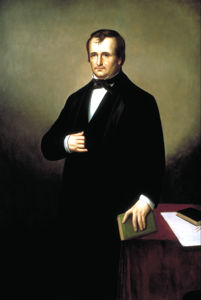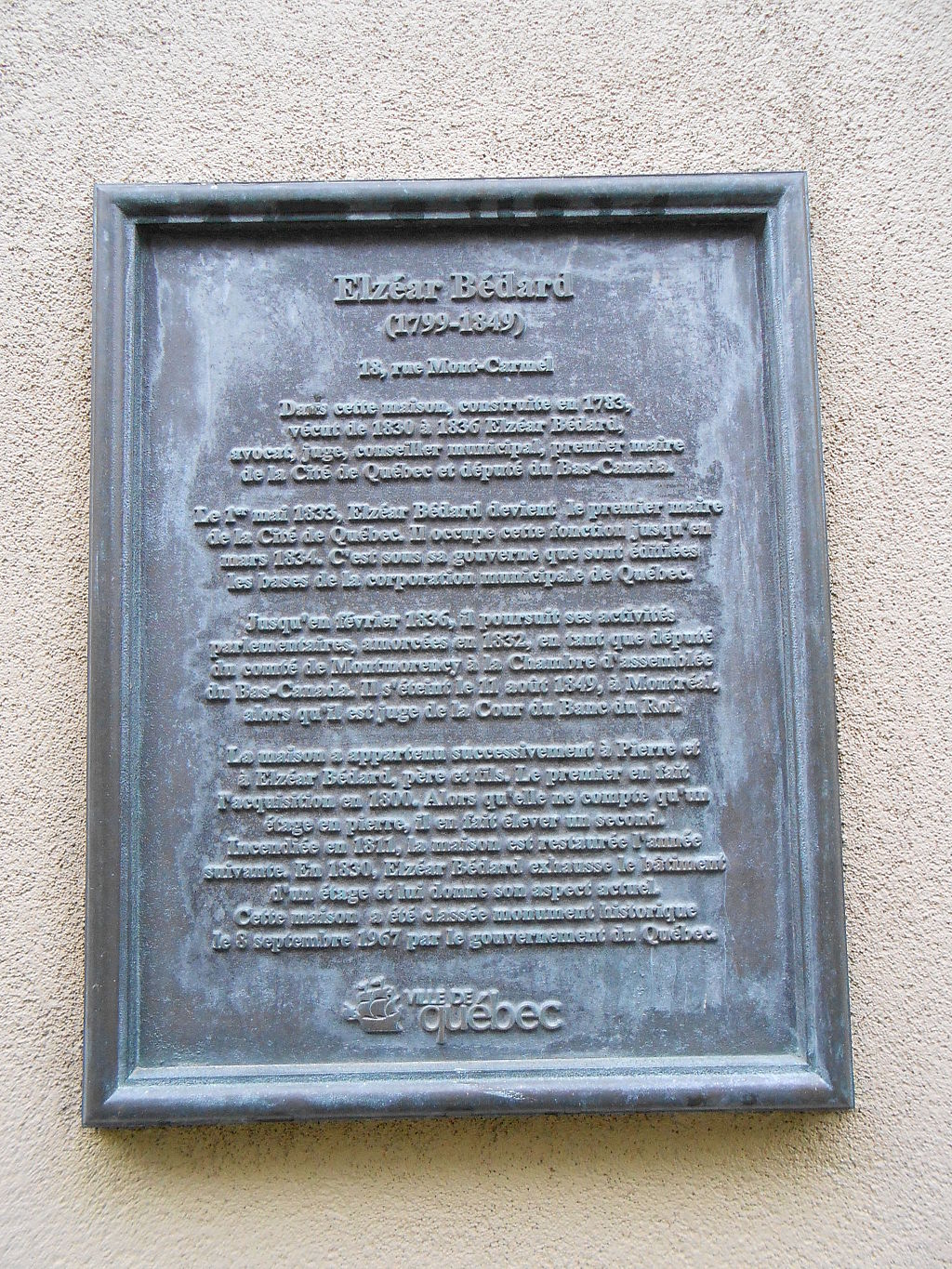
Educated at the Collège de Montréal, LaFontaine was called to the bar of Lower Canada in 1828. He began his political career with election to the Lower Canadian Assembly in 1830. Although a radical follower of Papineau, he opposed the 1837 call to arms, and travelled to London to plead with the imperial government for constitutional reform. He was arrested in 1838, but released without trial. He then became leader of the French Canadian moderate reformers.
After the 1841 union of Upper and Lower Canada, he worked with Robert Baldwin and Francis Hincks to found a united party of Upper and Lower Canadian reformers. He insisted on speaking French in the Assembly, and because of his action the imperial government later repealed the Act of Union clause prohibiting official use of French. In 1842, he formed an administration with Baldwin, but resigned in November 1843 to protest Governor General Sir Charles Metcalfe's political actions. In 1848, he was again called to form a ministry, this time by Lord Elgin, who fully recognized responsible government.
LaFontaine thus became the first prime minister of Canada in the modern sense of the term. During this second administration, he demonstrated the achievement of responsible government by the passage of the Rebellion Losses Bill, despite fierce opposition and violent demonstrations. His ministry also passed an Amnesty Act to forgive the 1837–38 rebels, secularized King's College into the University of Toronto, incorporated many French Canadian colleges, established Université Laval, adopted important railway legislation and reformed municipal and judicial institutions.
LaFontaine retired to private life in 1851 but was appointed chief justice of Canada East in 1853. In 1854, he was created a baronet by Queen Victoria and a papal knight by Pope Pius IX. A tall, portly man, resembling Napoleon I, LaFontaine was a master politician who commanded respect and inspired many others with his high ideals and patriotism.

 Share on Facebook
Share on Facebook Share on X
Share on X Share by Email
Share by Email Share on Google Classroom
Share on Google Classroom
